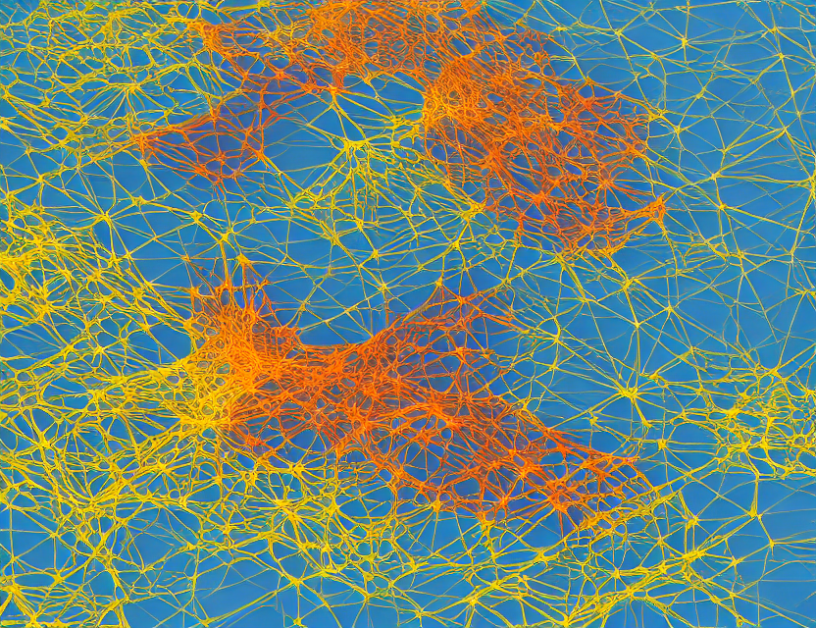In the world of computer graphics, creating realistic 3D objects is a crucial task that can be time-consuming and costly. To address this challenge, researchers have been exploring the use of diffusion models, which are capable of generating images from complex data distributions. In this article, we delve into the concept of diffusion models for 3D object generation and how they differ from traditional methods.
Diffusion Models
A diffusion model is a type of generative model that uses a process called diffusion to transform a simple distribution (such as a Gaussian) into a complex distribution that matches the desired output. In the context of 3D object generation, the input data is typically a sparse set of 3D points, and the output is a 3D object with detailed shape and appearance.
Advantages of Diffusion Models
One of the significant advantages of diffusion models is their ability to generate diverse and high-quality outputs. Unlike traditional methods that rely on predefined templates or meshes, diffusion models can learn the underlying structure of 3D objects from a set of input data. This makes them particularly useful for generating realistic 3D assets in applications such as computer-aided design (CAD), virtual reality (VR), and video games.
Another advantage of diffusion models is their flexibility. They can be trained on various types of data, including point clouds, voxel grids, and meshes. This versatility makes them a promising approach for a wide range of 3D applications.
Diffusion Models for 3D Object Generation
In this article, we explore the extension of diffusion models to 3D object generation. We discuss the challenges associated with this task and how recent advances in diffusion models have helped overcome these challenges.
One of the significant challenges in 3D object generation is the lack of a comprehensive framework that can handle complex tasks such as shape and appearance disentanglement. Unlike 2D images, where it is relatively easy to separate the shape and appearance attributes, 3D objects pose a more significant challenge due to their complex geometry and structure.
To address this challenge, we propose a novel approach called Point-NeRF, which combines the strengths of diffusion models with the expressiveness of neural networks. Our method leverages a hierarchical VAE to learn a latent code that represents both the shape and appearance of 3D objects. This allows us to generate high-quality 3D assets with controlled shape and appearance attributes.
Conclusion
In conclusion, diffusion models have shown promising results in generating realistic 3D objects. By leveraging a hierarchical VAE and using a novel approach called Point-NeRF, we can generate high-quality 3D assets with controlled shape and appearance attributes. Our method has the potential to revolutionize the field of computer graphics, enabling the creation of realistic 3D assets at unprecedented speeds and with minimal effort. As the technology continues to evolve, we can expect to see even more impressive results in the future.



